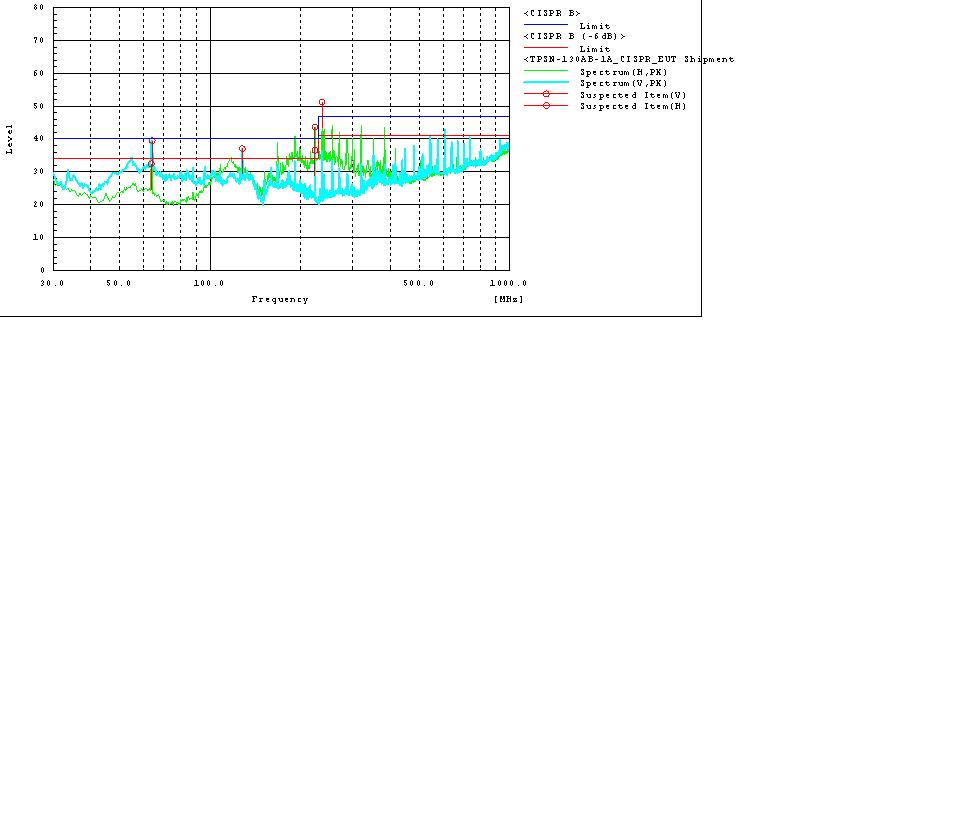hongtong
Newbie level 2
Hi Expert
I test Radiated emission and fail on 63MHz frequency and my product is SMPS that use with printer and use flyback topology.Please advise me to improve.
Regards

I test Radiated emission and fail on 63MHz frequency and my product is SMPS that use with printer and use flyback topology.Please advise me to improve.
Regards
